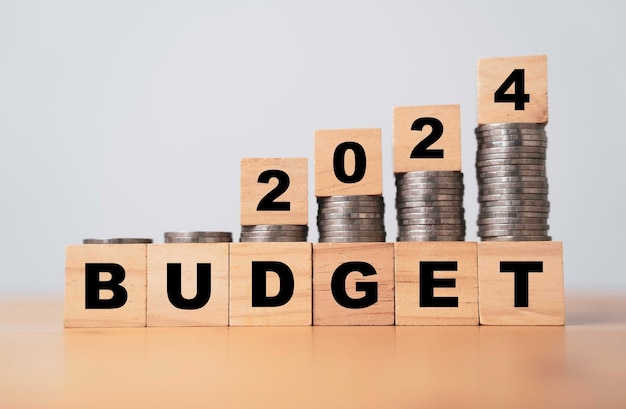
The goal to save more money and its sister intention, to spend less money, are two of the most popular New Year’s resolutions. Each year, people tighten their budgets to recover from the festivities.
Unfortunately, many of these financial goal-setters wind up giving up on their ambitions. Research indicates that 80% of people ditch their resolutions by mid-February. The reason? While noble, the goal to save more money is so vague it can be hard to follow. Without putting a monetary value or time limit on this goal, you can lose your motivation.
So, how can you count yourself as part of the elite 10% who keep to their goals all year round? Your success hinges on your budget. This financial plan outlines smaller, actionable steps you can take according to a timeline.
Here are some tips to help you build a budget equipped for a financial New Year’s resolution.
1. Follow the SMART Method
The SMART method of goal setting is an acronym standing for Specific, Measurable, Achievable, Relevant, and Time-Bound. In a nutshell, it teaches you to create practical goals that are attainable by a specific time frame.
To follow the SMART method, you need to figure out how much money you want to save. Is your goal $1,000? Once you have this figure, break it down into smaller, measurable steps. Assign a due date for these smaller steps to keep yourself on track.
2. Choose a Budgeting Method
Saving money is easier when you follow a budgeting template. You can rely on these plans to build a budget that balances your goal with other important financial obligations, like paying bills or paying off a line of credit.
The 50/30/20 budget is one of the most popular ways to organize your spending. However, there are plenty of different ways to budget. Finding the one that works with your spending style is more important than sticking to any one in particular.
3. Use Specific Figures
When you’re short on time, you might be tempted to fudge the numbers in your budget, rounding the big expenses and guessing on your splurges. But these estimates can make you think you have more money than you have to spend in reality.
To get a good grasp on your typical spending, look at your financial statements from 2023. Organize spending by major categories and date, flagging infrequent or miscellaneous spending you could easily overlook otherwise.
4. Prioritize the Essentials
If you want to save money in the new year, you’re going to have to rein in your spending. Just how much should you sacrifice? It depends on the figure you decide on when making a SMART goal.
Regardless of your target, you should never avoid the essentials. Housing costs, groceries, and utilities take precedence every month. You should also prioritize paying your credit card and line of credit balances in full.
Paying more than the minimum can help you pay off debt faster, and it may even reduce how much you accrue in interest. Keep this in mind if you take out a new credit card or line of credit in the new year, as the latest rates for online personal loans may have changed — or even increased. Managing these accounts in ways that reduce your interest is always a good idea, regardless of your goals.
5. Celebrate Your Victories
Did you hit a milestone by your due date? Celebrate it! It takes a lot of hard work to keep to your financial goals, and you should acknowledge it. Celebrating your achievements can also help you stick with your goal, especially if you have a lot more work ahead of you.




